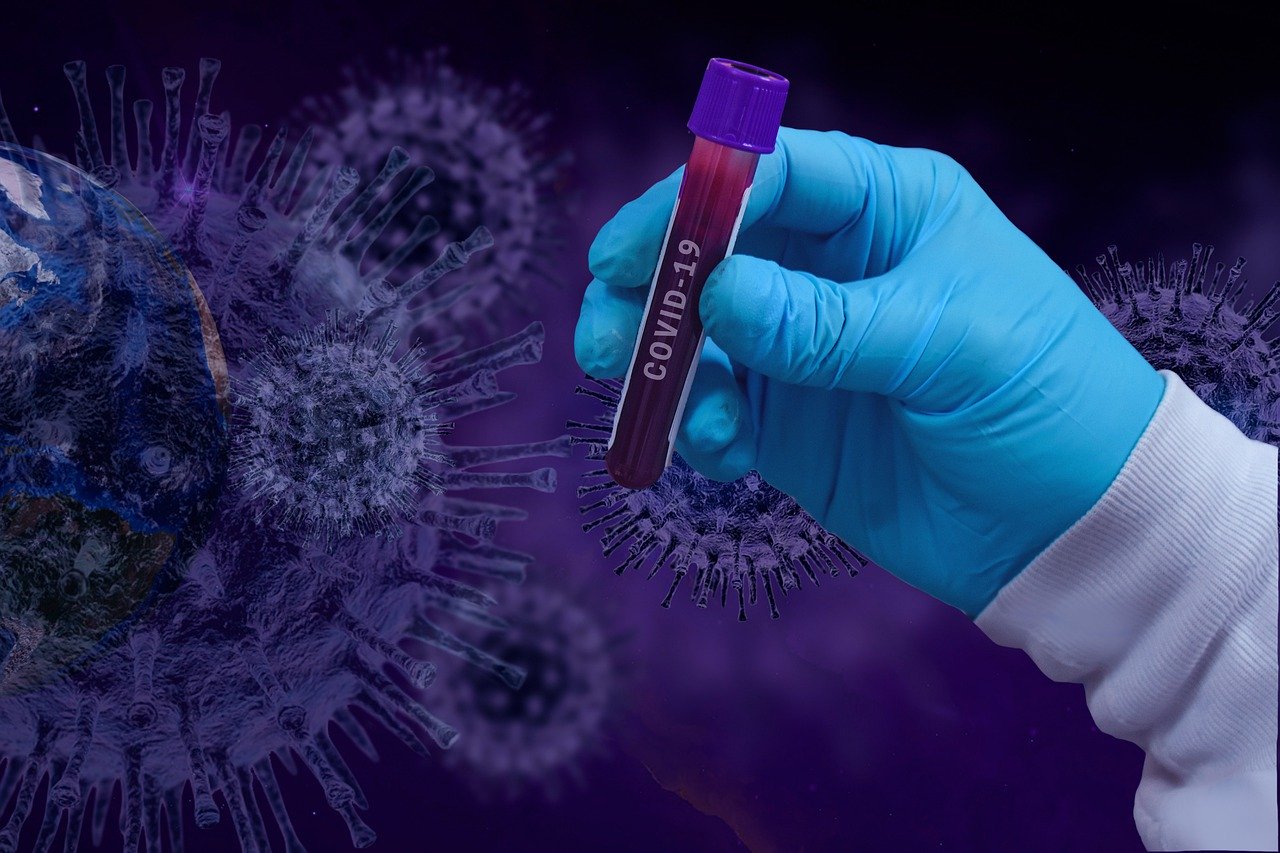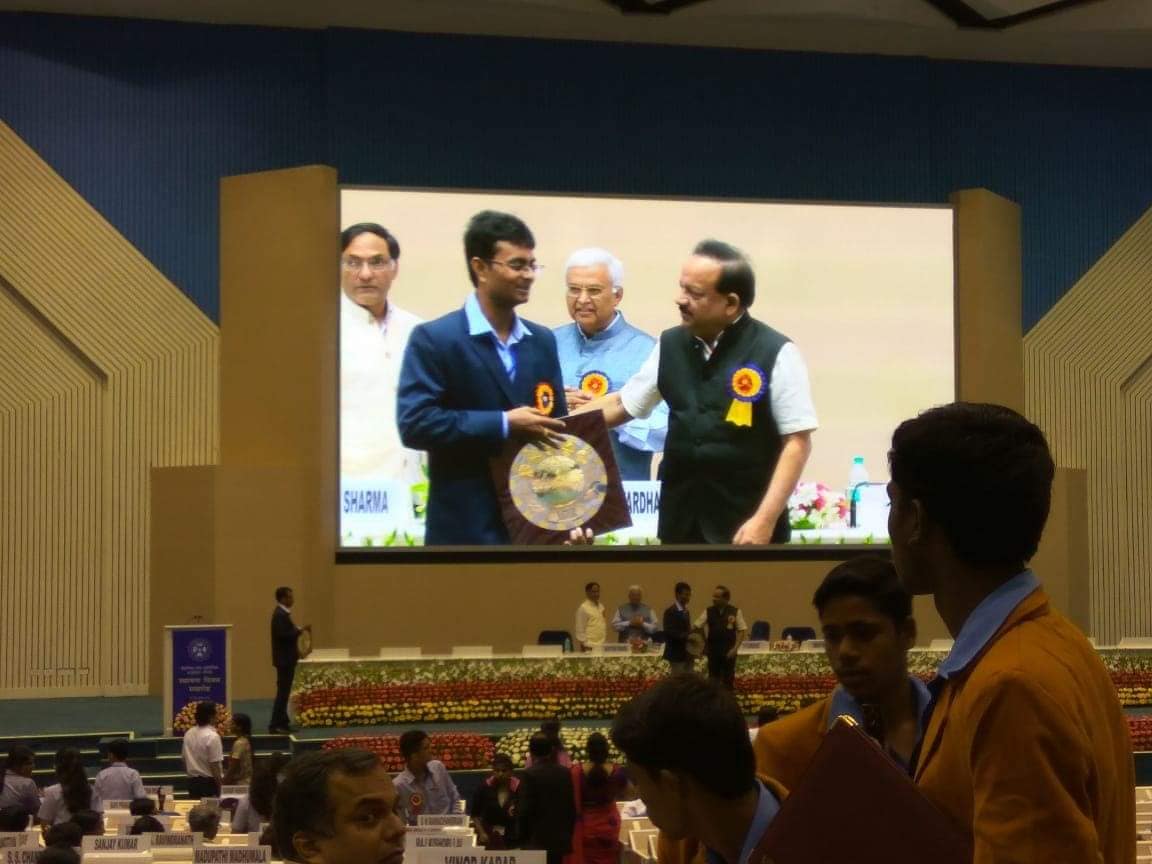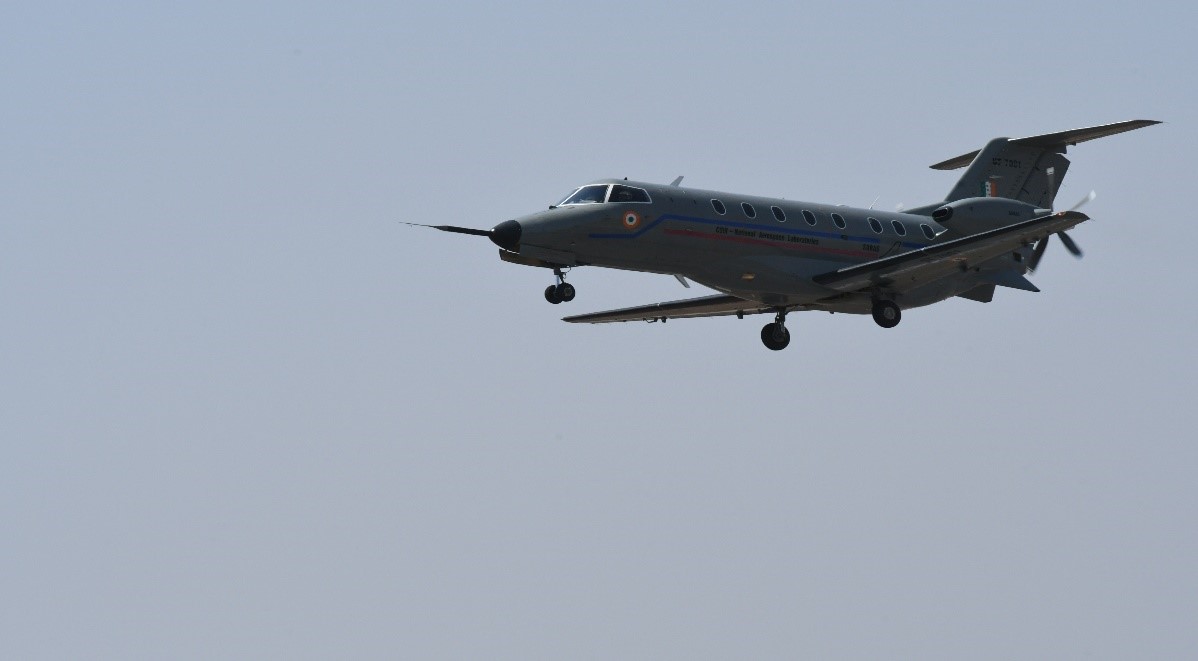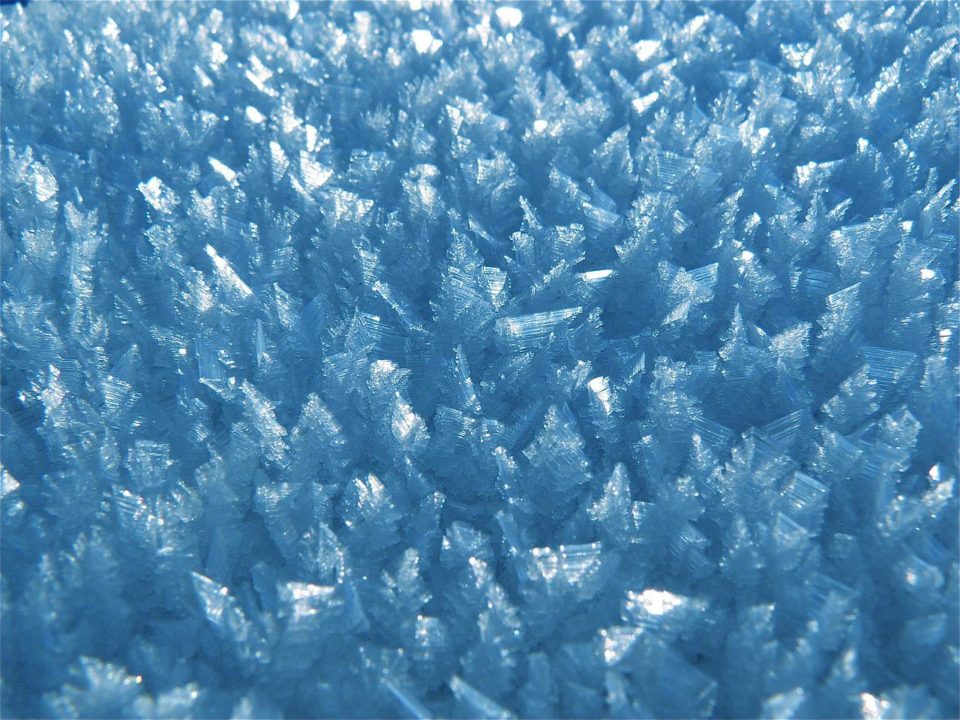
Mamannamana Vijayan: Pioneer of Macromolecular Crystallography in India
- News
- 1.6K
New Delhi, May 26 (ISW): Professor Mamannamana Vijayan, an eminent molecular biophysicist who made significant contributions to the study of amino acids, proteins, and macromolecules passed away in April 24, 2022. He had over five decades of association with the Molecular Biophysics Unit at the Indian Institute of Science (IISc), Bengaluru, where he served in various capacities such as Professor, Chairman of Molecular Biophysics Unit, Chairman of Division of Biological Sciences, and Associate Director, IISc.
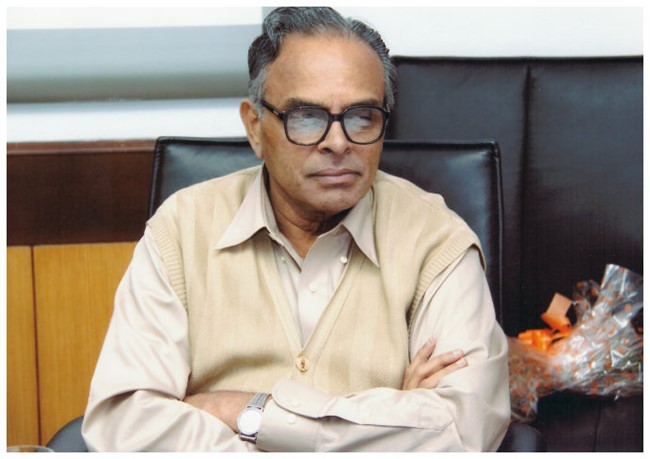
In his passing, the country has lost not only one of its most distinguished scientists but also an enthusiastic spokesperson for science. In his remarkably productive career that spanned over five decades, Vijayan was a researcher, a teacher, and an administrator who influenced his surroundings.
Vijayan was born in Cherpu, Thrissur in 1941. A piece of sage advice from Achutha Menon, the future Chief Minister of Kerala, that a good student should not be wasted on local politics led politically inclined Vijayan to Allahabad University in 1961, for a master’s degree after graduating from Sree Kerala Varma College.
In later years, Sri Krishna Joshi (later Director-General CSIR and President, Indian National Science Academy) nudged Vijayan into physics, leading his entry into the Indian Institute of Science (IISc), Bangalore, in 1963 as a Ph.D. student eventually.
In IISc, he was mentored in the emerging field of X-ray crystallography by M. A. Viswamitra, and influenced by the Head of the Physics department, R. S. Krishnan, who had succeeded C. V. Raman.
“It was in IISc that I met Vijayan for the first time, almost half a century ago,” recollects Prof P. Balaram, an eminent Indian biochemist, and a former director of the IISc. “At IISc Vijayan found his scientific calling and his future wife, Kalyani, a fellow student in the crystallography laboratory,” adds Prof Balaram.
From 1968 to 71, Vijayan was a postdoctoral fellow in Prof Dorothy Hodgkin’s research group at the University of Oxford, a celebrated crystallographer, and a Nobel Prize winner of 1964 for her classic structure determinations of cholesterol, penicillin, and Vitamin B-12. During that period, he studied x-ray diffraction data of insulin crystals and played a prominent role as part of Dorothy Hodgkin’s team in unraveling the structure of insulin in 1969.
After completing his post-doctoral research at the University of Oxford, he returned to India in 1971, initially appointed in the Physics department but soon to move, in 1974, to G. N. Ramachandran’s newly formed Molecular Biophysics Unit (MBU) at IISc.
In 1971, resource constraints were a hurdle in the immediate initiation of macromolecular crystallography so, Vijayan initiated a program involving the preparation and X-ray analysis of crystalline complexes of amino acids and peptides, with the original objective of elucidating, at the atomic resolution, the interactions significant in the structure, assembly, and function of proteins, said Prof Balaram.
“One of the early grants that we got was a project to determine the crystal structures of proline peptides from the Indian National Science Academy (INSA). Vijayan and I were co-investigators, receiving a grant of Rs 10,000, which we shared to the last rupee,” remembers Prof Balaram.
Prof Vijayan’s initial program was found to have implications for chemical evolution and the origin of life. He then studied the structure and interactions of non-steroidal anti-inflammatory analgesics and performed small-molecule crystallography on ionophores and related compounds. In the early eighties, one of his major concerns was developing biological macromolecular crystallography in India.
Vijayan started with lectins, which specifically bind to cell surface carbohydrates. He determined the de novo structure of the tetrameric peanut lectin and jacalin of jackfruit seeds specific to the tumor-associated T-antigens. In peanut lectin, his group also demonstrated the importance of water in carbohydrate binding, including the generation of specificity. He also studied other lectins from garlic, snake gourd, and banana.
Later, Prof Vijayan initiated structural studies on lectins from mycobacteria to study host-pathogen interactions. In mycobacteria, they determined the structures of Rec A, uracil N-glycosylase, ribosome recycling factor peptidyl t-RNA hydrolase, enzymes in the CoA synthesis pathway, and RuvA.
His work received international attention and proved to be a significant landmark in developing structural biology in India. The students who cut their teeth on these protein structures began to spread out to many other centers in India. The importance of structural biology grew, and the instrumentation for crystallography became accessible to many national laboratories and academic institutions.
Prof Vijayan also played roles in science reforms like “The choice-based credit semester was implemented by the government of 2006-2011 in Kerala” based on the report filed by an expert panel headed by him.
Prof TP Singh, an eminent Crystallographer of India, and a close associate of Prof Vijayan remembers him as an internationally acclaimed structural biologist, who inspired many scientists and guided them through the intricate procedures.
“I had the opportunity to witness how prudently he went about tackling some burning issues at the global Inter-Academy meeting in Japan, where I worked with him as the Vice President. I had the fortune of being his first Ph.D. student and was lucky to get his impactful guidance throughout my career,” says Prof Singh.
Prof Vijayan was a member of India’s prestigious societies and served them in various roles. He became a Fellow of INSA in 1987 and later served as president of INSA from 2007 to 2010. He was a Fellow of many other academies including The World Academy of Science (TWAS) Founder and President of the Indian Crystallographic Association, and President of the Indian Biophysical Society. He served many international scientific organizations, including the International Union of Crystallography (IUCr), the International Union of Pure & Applied Biophysics (IUPAB), the International Council for Science (ICSU), the Inter Academy-Panel (IAP), and the Inter-Academy Council (IAC), and as president of the Asian Crystallographic Association.
During his lifetime he received numerous honors and awards, including Padma Shri in 2004, SS Bhatnagar Award, Ranbaxy Award, OP Bhasin Award, G N Ramachandran Medal, and the first GN Ramachandran Medal by Indian Science Congress Association.
Leading structural biologist, Prof Avadhesha Surolia considers Prof. Vijayan to be the most outstanding crystallographer that India has produced. “We began our scientific collaboration in 1978 that established the discipline of macromolecular crystallography on proteins as it stands in India today. This epic collaboration lasting 44 years trained countless structural biologists, leading to the establishment of numerous crystallographic centers throughout India, which would not have been possible without his outstanding leadership, and exemplary commitment to science in the country,” Prof Surolia recollects. He recalls Prof Vijayan as exceptionally intense yet warm and generous, the one who looked after the welfare of everyone around him.
“After the Government of India established the Department of Science and Technology, Vijayan was the first to write a grant application to establish a facility for macromolecular crystallographic research in the country,” recalls Prof M. R. N. Murthy.
“Although he was not religious, his deep commitment to the welfare of others gave an impression of his inner spirituality. He and his crystallographer wife Dr. Kalyani Vijayan kept their house door always open to students, collaborators, and innumerable international friends,” Prof Murthy elucidates.
If India has become internationally competitive in macromolecular crystallography today, it is to a substantial extent, due to Prof Vijayan’s efforts. With the passing away of Prof Vijayan, India has lost a celebrated scientist who grew India’s scientific caliber through his relentless efforts. While it is difficult to reconcile the loss of a scientific visionary of Vijayan’s caliber, his monumental contribution to science and society will be cherished and adored by one and all.
His autobiography titled ‘the Indian National Science Academy have published A Life among Men, Women, and Molecules.’ (ISW)
If you liked this article, then please subscribe to our YouTube Channel for the latest Science & Tech news. You can also find us on Twitter & Facebook
